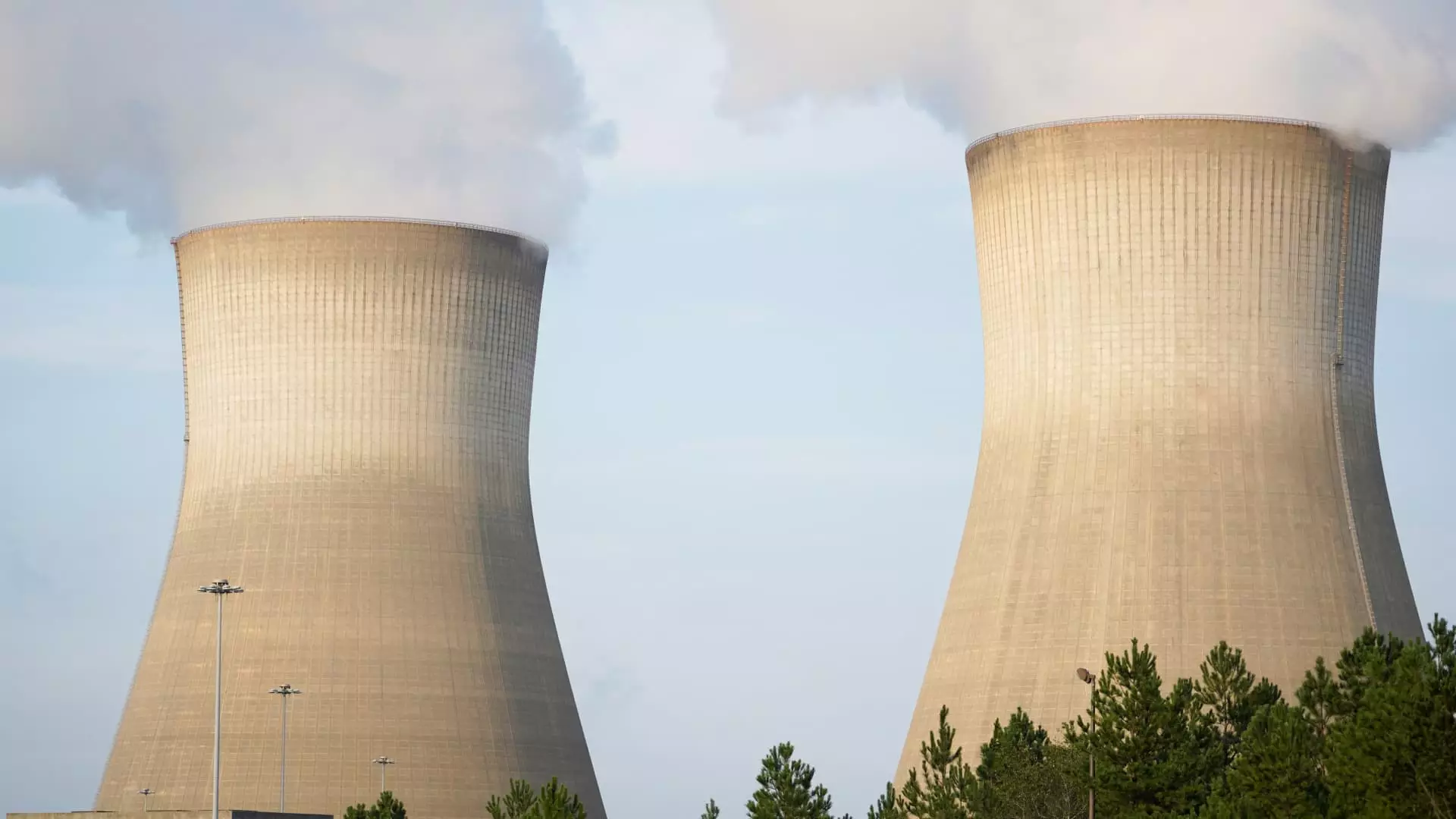In a startling pivot towards revitalizing nuclear energy, President Donald Trump recently took drastic measures that have sent shockwaves through the market. His executive orders, aimed at not just reforming the Nuclear Regulatory Commission (NRC), but also expediting the launch of new reactors across the United States, have led to substantial jumps in the stock prices of several companies in the sector. The surge in shares of advanced reactor companies such as Oklo and NuScale, both of which enjoyed increases of over 27% and 18%, respectively, speaks volumes about the fervent optimism rooted in this risky approach to energy production.
While advocates herald this as a progressive departure from decades of stagnation and resistance towards nuclear initiatives, the reality is far more complex and fraught with potential dangers. Constellation Energy, a key player in the nuclear landscape, saw a modest rise of more than 2%, while Cameco Corp. experienced a more significant jump of over 10%. This might sound like a victory for clean energy enthusiasts, but lingering concerns about safety, environmental impact, and regulatory oversight cast a long shadow over this gleaming facade of progress.
Fast-Tracking Decisions: A Cause for Concern
The urgency reflected in Trump’s executive orders is both alarming and perplexing. The directive to compel the NRC to make licensing decisions within an unprecedented 18 months raises eyebrows. Is this an earnest effort to innovate and promote a clean energy future, or is it a reckless abandonment of the meticulous safeguards established over decades to prevent catastrophic failures? The potential for neglecting rigorous safety protocols in haste to achieve results is a looming threat that remains troubling.
Furthermore, while small modular reactors are being touted as the future, Trump’s insistence on maintaining a focus on larger plants complicates the narrative. Balancing the expansion of large nuclear sites alongside small-scale innovations sends mixed signals about the administration’s true intentions. To position a complex energy strategy solely as a means to stimulate the economy appears short-sighted—a dangerous gamble on a technology still mired in controversy and history of accidents.
Nuclear Ambitions Meets Federal Land
The proposal to establish a regulatory framework that allows the Departments of Energy and Defense to construct nuclear reactors on federal land suggests an aggressive expansion of nuclear capabilities that raises ethical questions. The idea that federal entities would lead such significant projects without adequate public engagement or environmental assessment is a harbinger of a more comprehensively privatized nuclear agenda that could sideline public concerns.
Additionally, the move to stimulate uranium mining within the United States is particularly disconcerting. Although energy independence is a noble goal, the implications of increased mining operations can have devastating environmental repercussions, including the destruction of ecosystems and impacts on local communities. It also seem like a desperate attempt to rejuvenate an industry that has historically struggled with safety record and public acceptance.
Trump’s nuclear renaissance presents a façade of innovative thinking while concealing the real risks involved with hasty decisions and insufficient regulatory frameworks. This isn’t just an economic play; it’s a commitment to technology with profound implications for our health, safety, and environment—an irresponsibility that could echo for generations if gone unchecked.


Leave a Reply